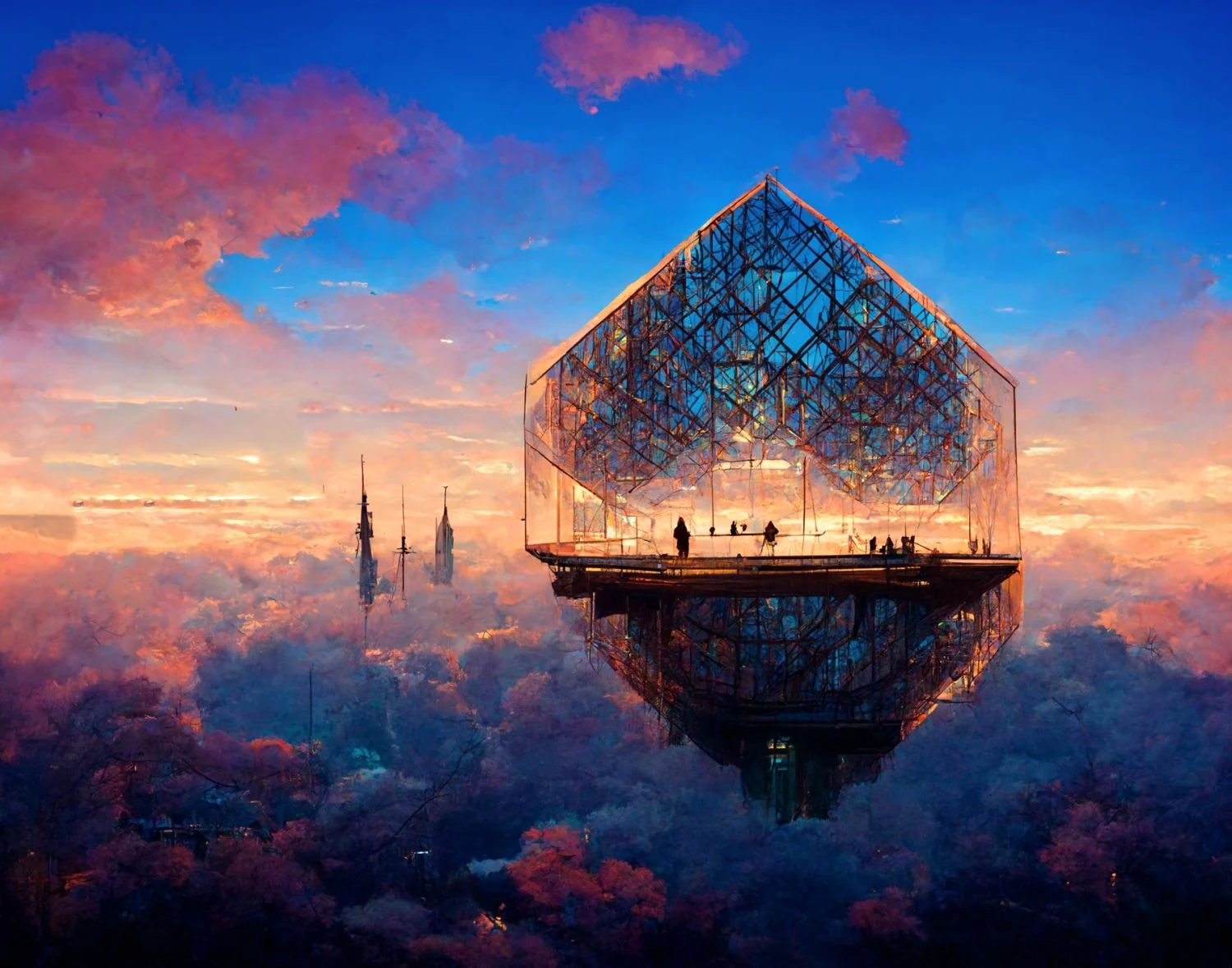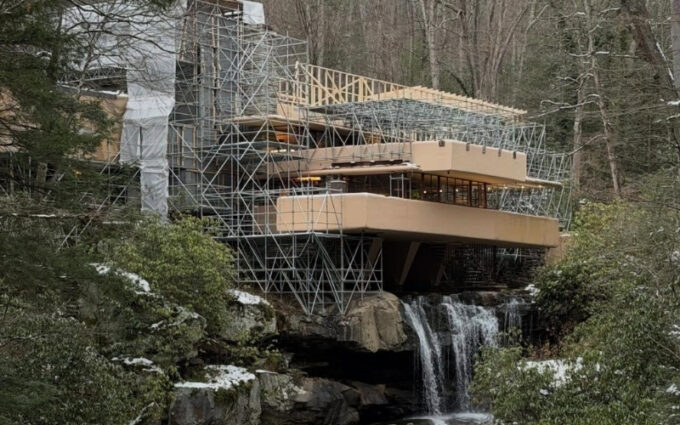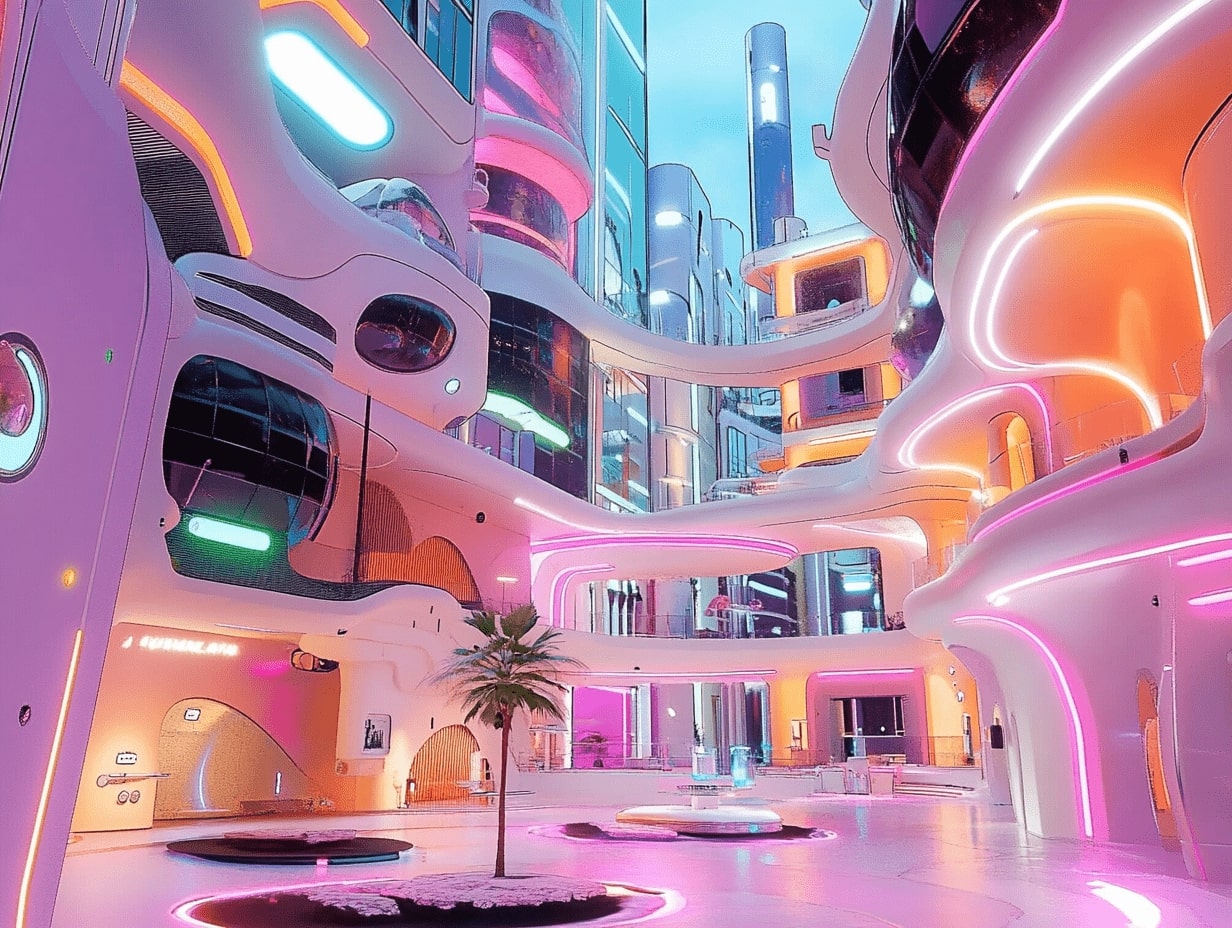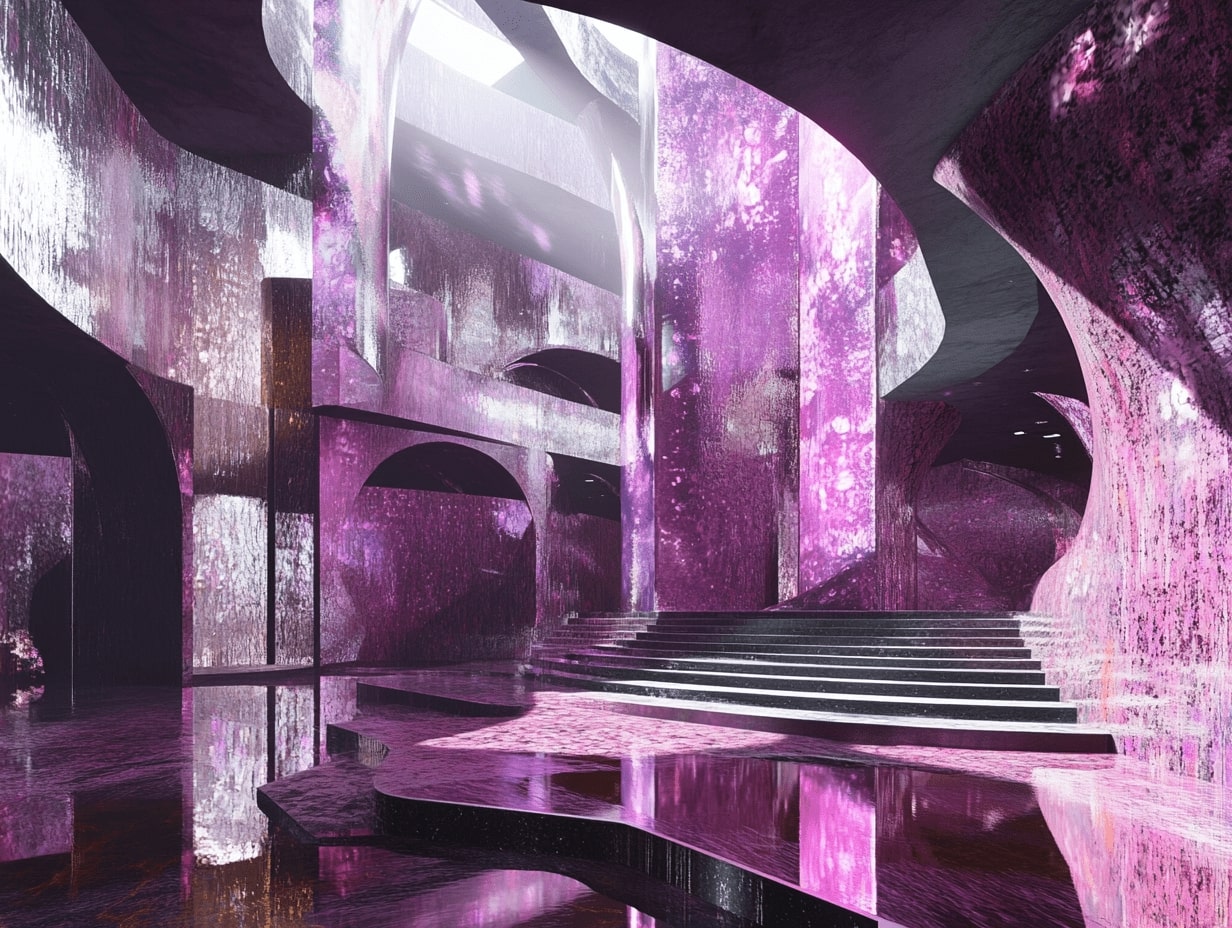- Home
- Articles
- Architectural Portfolio
- Architectral Presentation
- Inspirational Stories
- Architecture News
- Visualization
- BIM Industry
- Facade Design
- Parametric Design
- Career
- Landscape Architecture
- Construction
- Artificial Intelligence
- Sketching
- Design Softwares
- Diagrams
- Writing
- Architectural Tips
- Sustainability
- Courses
- Concept
- Technology
- History & Heritage
- Future of Architecture
- Guides & How-To
- Art & Culture
- Projects
- Interior Design
- Competitions
- Jobs
- Store
- Tools
- More
- Home
- Articles
- Architectural Portfolio
- Architectral Presentation
- Inspirational Stories
- Architecture News
- Visualization
- BIM Industry
- Facade Design
- Parametric Design
- Career
- Landscape Architecture
- Construction
- Artificial Intelligence
- Sketching
- Design Softwares
- Diagrams
- Writing
- Architectural Tips
- Sustainability
- Courses
- Concept
- Technology
- History & Heritage
- Future of Architecture
- Guides & How-To
- Art & Culture
- Projects
- Interior Design
- Competitions
- Jobs
- Store
- Tools
- More
Entering the Metaverse
In the future, architects may use the metaverse to create virtual models of buildings that can be explored by clients and stakeholders. This could allow architects to test different design ideas and configurations, gather feedback from users, and optimize the building's layout and functionality before it is constructed.

Future of Architecture
The future of architecture is an exciting and rapidly evolving field, shaped by technological advancements, social, environmental, and cultural changes.
As climate change becomes an increasingly urgent concern, sustainable design practices and green architecture will become more important than ever. Architects will need to design buildings that are energy-efficient, use renewable materials, and reduce their carbon footprint.
Also, Advances in technology, including the Internet of Things (IoT) and artificial intelligence, will allow buildings to become smarter and more responsive to occupants’ needs. This could include features such as automated lighting and temperature control, predictive maintenance, and personalized spaces.
Modular and prefabricated construction: Modular and prefabricated construction methods offer several benefits, including cost savings, reduced construction time, and reduced waste. This approach to construction is likely to become more widespread as demand for affordable and sustainable housing increases.

With the rise of e-commerce and the decline of brick-and-mortar retail, many existing buildings are becoming vacant. Architects will need to find creative ways to repurpose these spaces, such as converting former malls into mixed-use developments or transforming industrial buildings into residential lofts.
Virtual and augmented reality technologies are already being used in architecture to help clients visualize designs and simulate spaces. As these technologies continue to advance, architects may use them to create immersive experiences that allow clients to explore and interact with buildings before they are built.
The metaverse is a term used to describe a virtual shared space that is created by the convergence of multiple virtual and augmented reality technologies. In this virtual space, users can interact with each other and with digital objects in real-time. The metaverse is still in its early stages, but it has the potential to transform many industries, including architecture.
The Role of Metaverse in the Future of Architecture
In the future, architects may use the metaverse to create virtual models of buildings that can be explored by clients and stakeholders. This could allow architects to test different design ideas and configurations, gather feedback from users, and optimize the building’s layout and functionality before it is constructed.

The metaverse could also provide a platform for architects to collaborate with other professionals, such as engineers, contractors, and interior designers, in a virtual environment. This could lead to more efficient and cost-effective design processes, as well as greater flexibility in project management.
Furthermore, the metaverse could enable architects to create immersive and interactive virtual experiences for building occupants. For example, architects could create virtual reality tours of a building that allow users to explore its spaces and interact with its features in real-time. This could enhance the user experience and help to promote the building to potential occupants or investors.
Overall, the metaverse has the potential to revolutionize the way that architects design and communicate their ideas, as well as the way that buildings are experienced and managed. As the metaverse continues to evolve, architects will need to stay informed about its capabilities and possibilities to remain at the forefront of the industry.
Architects have begun to explore the potential of the metaverse for their profession. Some architecture firms are already using virtual and augmented reality technologies to create immersive experiences of their designs for clients and stakeholders. These experiences can allow clients to explore and interact with a building before it is constructed, giving them a better sense of its scale, functionality, and aesthetics.

Architects have also started to experiment with creating virtual models of their designs that can be used in the metaverse. These models can be used to test different design ideas, gather feedback from users, and optimize the building’s layout and functionality before it is constructed.
In addition, architects are also using the metaverse as a platform for collaboration and communication. The metaverse can allow architects to work with other professionals, such as engineers, contractors, and interior designers, in a virtual environment. This can lead to more efficient and cost-effective design processes, as well as greater flexibility in project management.
Furthermore, some architecture firms are exploring the potential of the metaverse for creating immersive and interactive virtual experiences for building occupants. For example, architects can create virtual reality tours of a building that allow users to explore its spaces and interact with its features in real-time. This can enhance the user experience and help to promote the building to potential occupants or investors.
We can say that while architects are still in the early stages of exploring the potential of the metaverse, they have already begun to use virtual and augmented reality technologies to enhance their design processes and create more immersive experiences for clients and stakeholders.

Submit your architectural projects
Follow these steps for submission your project. Submission FormLatest Posts
The Evolution of Web Gaming: HTML5’s Place in the Industry
The gaming landscape has undergone a seismic transformation over the last few...
Exploring The Future of Architecture in the Metaverse: Trends and Innovations
Explore how the metaverse is revolutionizing architecture by liberating designs from physical...
Exploring Metaverse Architecture: Innovations & Future Trends in Digital Design
Explore the groundbreaking innovations in metaverse architecture as digital design transcends the...
Discovering New Horizons: Exploring Architecture in the Metaverse
Dive into the realm where architecture and technology intertwine in the metaverse....












Leave a comment